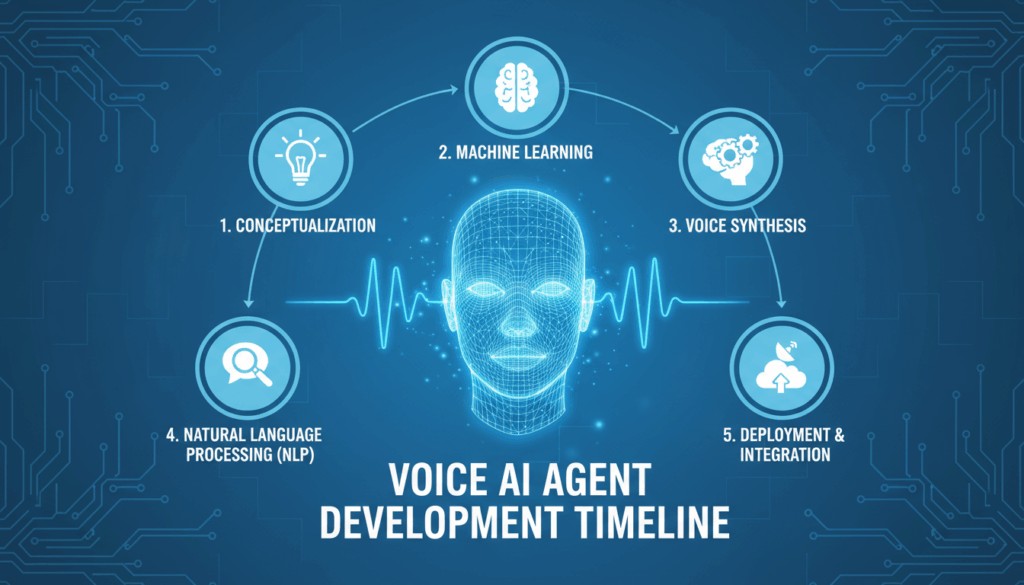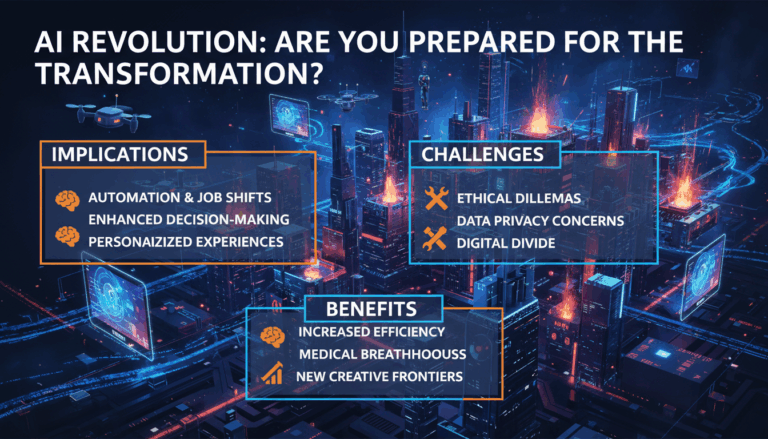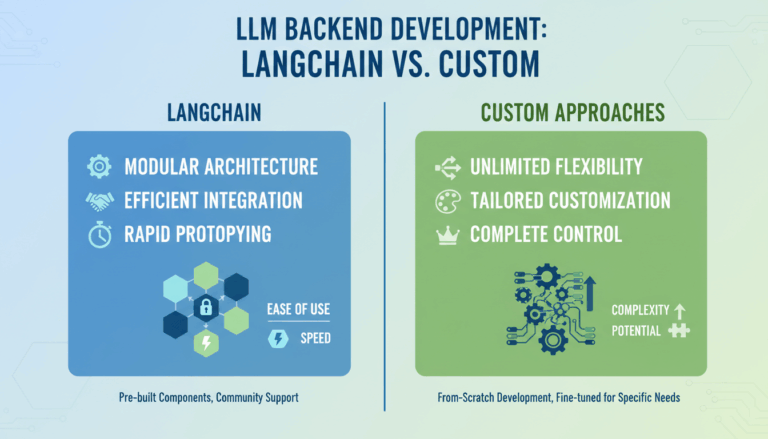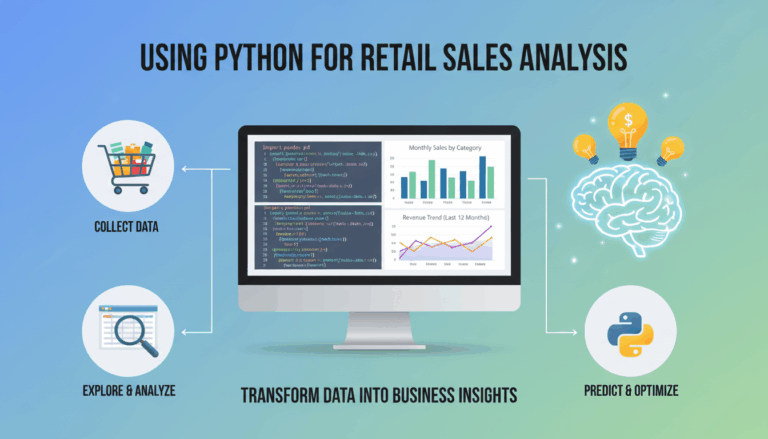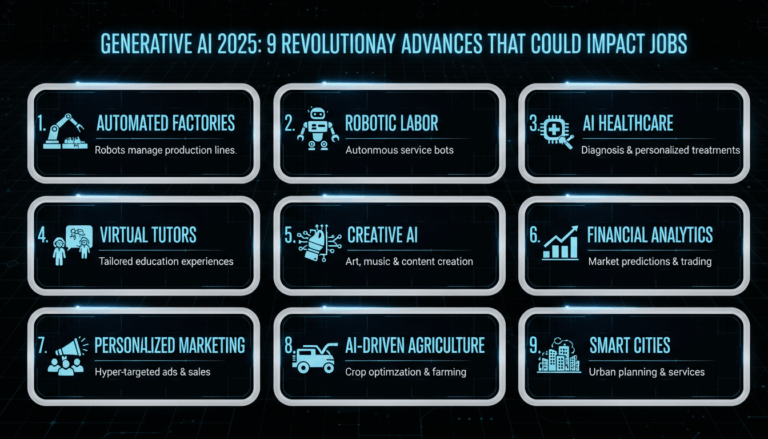Understanding the Core Components of Voice AI Agents
Voice AI agents are intricate systems composed of several key components. Each plays a vital role in enabling the agent to understand, process, and respond to human speech effectively. This detailed exploration delves into these components, shedding light on their function and importance.
First, the Automatic Speech Recognition (ASR) component is pivotal. ASR converts spoken language into readable text. It involves several processes, including capturing phonemes—the smallest units of sound—and using language models to predict and assemble these into coherent words and sentences. Recent advancements leverage deep learning techniques, such as Convolutional Neural Networks (CNNs) and Recurrent Neural Networks (RNNs), to enhance accuracy in diverse acoustic environments. For instance, Google’s ASR system uses neural networks trained with vast datasets to accurately transcribe speech amid varying accents and background noises.
Next, Natural Language Understanding (NLU) comes into play, where the transcribed text is analyzed to extract intent and meaning. NLU uses techniques like Named Entity Recognition (NER), which identifies key entities within a sentence such as names, locations, or dates, and Intent Recognition, which determines the user’s goal from their input. For example, if a user says, “Book a flight to New York next Friday,” the NLU system would extract the essential information such as the intent (booking a flight), destination (New York), and time (next Friday).
Dialogue Management is another crucial component and involves managing the conversation flow. It decides the system’s response based on context and user input, maintaining coherence throughout the interaction. Dialogue Managers often employ Finite State Machines for more scripted interactions or more advanced approaches, like Reinforcement Learning, where the system learns optimal dialogue strategies through trial and error.
After determining the response, Natural Language Generation (NLG) crafts it into a human-readable format. NLG transforms structured data into natural language, often using template-based methods or more advanced deep learning models like GPT-3. This ensures that responses are not only syntactically correct but also contextually appropriate.
Finally, Text-to-Speech (TTS) synthesis converts the generated text back into spoken words. TTS systems aim to sound as natural as possible by modulating pitch, speed, and intonation. Techniques such as WaveNet and Tacotron have significantly improved the naturalness of generated speech. For instance, WaveNet, developed by DeepMind, models the audio waveforms directly, allowing for clearer and more expressive voice outputs.
Each of these components operates seamlessly together, creating a loop that begins with the user’s voice input and ends with a vocal response. Continuous training on diversified datasets ensures adaptability and robustness, enhancing user interaction experiences across various applications. By integrating these core technologies, developers can craft sophisticated voice AI agents capable of understanding and assisting users in increasingly complex scenarios.
Common Pitfalls in Voice AI Development and How to Avoid Them
In the dynamic landscape of voice AI development, many projects stumble upon recurring challenges that can lead to inefficiencies or failures if not properly managed. Understanding these pitfalls and learning strategies to mitigate them is crucial for developers aiming to build robust voice AI applications.
One significant issue involves poor audio input quality. This often stems from background noise, low-quality recording devices, or improper signal processing, which can lead to inaccurate Automatic Speech Recognition (ASR) results. To avoid this, developers should prioritize implementing noise suppression techniques and employing high-quality microphones that effectively capture speech even in noisy environments. Leveraging advanced preprocessing filters to clean audio signals before feeding them into ASR systems can significantly enhance transcription accuracy.
Another common challenge is limited language and accent support. Voice AI systems that fail to accommodate diverse linguistic repertoires risk alienating a significant segment of potential users. Addressing this involves training models on diverse datasets that include various accents, dialects, and languages. Developers can employ multilingual models or use transfer learning where a model trained on one language can be adapted to understand another with less data. This approach ensures broader user inclusion and satisfaction.
The pitfall of insufficient contextual understanding often results in voice AI systems that respond inaccurately to user queries, particularly in complex scenarios requiring multiple pieces of information. To tackle this, implementing comprehensive Natural Language Understanding (NLU) strategies is essential. Employing advanced techniques like machine learning models with deep contextual embeddings (e.g., BERT or GPT) can enhance the AI’s ability to understand and react to nuanced inputs. Additionally, maintaining a detailed state tracking mechanism within the Dialogue Management component allows the system to keep track of session context, leading to more intelligent cross-turn conversations.
Security and privacy concerns pose another significant hurdle. Users are rightfully wary about how their data, especially voice recordings, is handled. Developers must ensure compliance with data protection regulations like the GDPR or CCPA, implementing stringent encryption standards and anonymization methods where possible. Providing transparent data handling policies and options for users to control their data further builds trust and acceptance among the user base.
Moreover, lack of personalization can result in a subpar user experience. Users expect systems that adapt to their preferences over time. Implementing adaptive learning mechanisms where the system refines its response based on the user’s past interactions can aid in creating a more personalized experience. Features such as learning the user’s preferred vocabulary or responding with information tailored to their habitual requests improve engagement substantially.
Lastly, deployment and integration complexities can deter progress in voice AI development. Issues often arise when integrating voice AI systems with existing software ecosystems. Developers should adopt flexible microservices architectures that allow incremental improvements and easy scaling. Utilizing APIs for seamless integration facilitates smoother operation and easier maintenance across platforms.
In summary, by preemptively addressing these common pitfalls through strategic planning, technologically robust frameworks, and adherence to ethical standards, developers can create more efficient, reliable, and user-friendly voice AI systems. Continuous learning and adaptation remain key to meeting the ever-evolving expectations of users and the technological landscape.
Strategies for Enhancing Context Awareness and Personalization
To effectively improve context awareness and personalization in voice AI agents, utilizing advanced Natural Language Processing (NLP) techniques and machine learning models is paramount. The aim is to enhance the AI’s ability to understand user intent amidst ongoing interactions and adapt responses to fit individual user profiles dynamically.
Understanding context is pivotal in voice AI interactions, particularly in handling queries that build upon previous exchanges. A robust approach involves implementing context-aware models such as BERT (Bidirectional Encoder Representations from Transformers), which processes the full context of a word by looking at both the words that come before and after it. This is essential for managing dialogues that depend heavily on understanding not just the words, but their meanings in various interactions. Recent advances in context embedding, which allow the AI to “remember” the discourse history, can significantly improve response appropriateness.
Personalization enhances user satisfaction by tailoring interactions to individual preferences. One effective strategy is the use of Reinforcement Learning (RL) algorithms that learn from user interactions to optimize responses over time. For example, an AI agent can track user behavior patterns and adapt its suggestions and tone accordingly. If a user frequently asks about weather and travel, the agent might begin presenting relevant travel tips or weather updates proactively.
Machine learning models, particularly those that leverage deep learning frameworks, are instrumental in boosting personalization capabilities. Models like Transformer-based architectures can be trained to adjust interactions based on user feedback, which helps in refining language models with user-specific datasets. Systems such as OpenAI’s GPT-3 can facilitate spontaneous and contextually aware dialogues, enhancing how AI reacts to complex user inputs or changing preferences.
Additionally, integrating user feedback loops is crucial. Developers can employ continuous feedback mechanisms where users can rate interactions, suggesting improvements. These ratings function as data for supervised learning iterations, ensuring the AI becomes more insightful and adept over time. Doing so can transform static interactions into evolving dialogues tailored to individual user needs.
The deployment of user profiling techniques also bolsters personalization. By compiling comprehensive user profiles that include preferences, historical data, and interaction patterns, AI systems can provide bespoke responses. For instance, if a user prefers verbose responses for clarity, the AI can adjust its communication style accordingly. Privacy, however, must be a foundational consideration, requiring adherence to stringent data protection policies to prevent misuse of personal data.
A pivotal aspect of enhancing these capabilities rests on real-world testing and iteration. Deploying A/B testing allows developers to experiment with different enhancements in a live environment to observe user reactions and efficacy changes. Continuous deployment and versioning facilitate the rapid iteration of models, incorporating improvements at a pace that’s in sync with user feedback and technological advancements.
Finally, underpinning these technical enhancements with ethical AI practices ensures that both context awareness and personalization do not compromise user trust. Transparent AI systems that openly inform users of data usage and provide options for customization are crucial. This strategy not only complies with global data protection laws but also engrains a fundamental trust factor that is vital for sustained user interaction and engagement.
By concentrating on these strategies, developers can craft sophisticated voice AI systems that interact with precision and personalized nuances, significantly elevating user experience and satisfaction across diverse application domains.
Best Practices for Integrating Voice AI Agents with Existing Systems
Integrating voice AI agents with existing systems requires meticulous planning and execution to ensure seamless functionality and enhance user experience. This process involves several key practices that, when followed, can lead to successful integration and operational efficiency.
One critical first step is assessing system compatibility. Conduct a thorough audit of the existing infrastructure to understand its capabilities and limitations. Identify the essential services and features of the current system that require voice AI integration. This understanding helps tailor the integration approach to avoid conflicts and ensure alignment with business goals. Use integration tools and middleware that support both the existing system architecture and the voice AI capabilities.
API-driven integration is often a preferred strategy due to its flexibility and scalability. Leverage RESTful APIs or WebSocket APIs to facilitate smooth communication between the voice AI and existing applications. These APIs help manage data flow and can handle tasks such as user authentication, data retrieval, and command execution. For example, use an API to connect the voice AI to a customer relationship management (CRM) system, enabling voice-driven customer inquiries and data logging.
To maintain data consistency and integrity, use centralized data management systems. This approach ensures all data processed and generated by the voice AI systems are synchronized with the primary databases. Implement robust data validation protocols to prevent duplication or corruption. Regularly update the integration pathways to accommodate changes in the data structures or systems’ APIs. For instance, employing event-driven architectures can provide real-time synchronization of data.
Security and compliance are paramount when integrating new technologies. Implement strong security measures, such as OAuth2 for authentication, and encrypt data in transit using protocols like TLS. Ensure that the integration complies with data protection regulations, such as GDPR or HIPAA, especially if the voice AI handles sensitive information. Performing regular security audits and compliance checks can help mitigate risks and build user trust.
In terms of scalability and performance, design the integration to support future growth. This means choosing components and architectures that can handle increased loads or extended functionalities without requiring significant redesigns. Microservices architecture can aid in this by enabling modular updates and scaling of individual services without disrupting the whole system. Load balancing and cloud-based services can further enhance the system’s capacity to handle more requests efficiently.
To improve the overall user experience, focus on user interface (UI) and user experience (UX) design. Ensure that the voice AI agents are accessible through intuitive conversation designs that mimic natural human interactions. Implement ongoing usability testing to gather user feedback and make iterative enhancements based on this feedback. Consider integrating multimodal interfaces that allow users to interact not just through voice but also through text or touch, providing a more flexible user experience.
Implement monitoring and analytics tools to gain insights into the performance of the integrated system. Track metrics related to response times, error rates, and user satisfaction. This data helps in identifying areas for improvement and ensuring the voice AI’s integration meets the desired performance benchmarks. Use these insights to conduct regular system updates and maintenance.
Lastly, maintain robust support and documentation for the integrated system. This includes providing comprehensive guides, FAQs, and 24/7 support channels to assist users during their interactions with the voice AI system. Detailed documentation on the implemented APIs, data flows, and troubleshooting methods can significantly ease maintenance efforts and enhance the system’s reliability.
By focusing on these best practices, organizations can achieve smooth integration of voice AI agents with their existing systems, leading to improved functionalities, enhanced user engagement, and a stronger competitive position in their industry.
Continuous Monitoring and Iterative Improvement of Voice AI Agents
To ensure the success and longevity of voice AI agents, continuous monitoring and iterative improvement processes are integral. These strategies not only enhance the system’s current capabilities but also prepare it to handle new challenges and evolving user expectations.
Continuous monitoring involves close observation of the AI’s performance in real-time scenarios. This requires configuring robust logging and tracking systems that capture data on how the AI handles user interactions. By employing comprehensive analytics tools, developers can collect metrics such as response accuracy, execution time, and user satisfaction scores. These metrics facilitate the identification of trends and potential issues. For example, tools like Elasticsearch and Kibana can be used to visualize the data patterns and gain insights into recurring problems or user behavior shifts.
A key component of continuous monitoring is anomaly detection. Implementing mechanisms that automatically flag deviations from normal performance can prevent larger failures. Machine Learning-driven anomaly detection systems can learn what “normal” performance looks like and alert developers to irregularities—be it a sudden drop in response accuracy or an unexpected delay in processing.
Feedback loops are essential in both monitoring and improvement phases. Gathering user feedback is imperative to understand user needs and areas where the voice AI might be lacking. Surveys, in-app feedback forms, or even direct user interviews are methods to collect qualitative data. This information should then be analyzed alongside quantitative data to shape meaningful improvements. For instance, if users consistently report issues with understanding specific slang or dialects, this signals a need for further training in those linguistic areas.
In conjunction with monitoring, iterative improvement is about continuously evolving the AI’s capabilities. This involves updating the AI models based on the data gathered and user feedback. A phased update approach ensures that changes are smoothly integrated without disrupting existing functionalities. Continuous Integration and Continuous Deployment (CI/CD) pipelines enable seamless updates by automating the testing and deployment processes. These pipelines ensure that new code is regularly and efficiently merged and tested. Systems such as Jenkins or GitHub Actions can facilitate this cycle by automating various stages of development.
Moreover, retraining models on new data is a vital aspect of iterative improvement. Dynamic environments mean that language, user contexts, and expectations are always shifting. Regularly updating the training datasets to include recent and relevant data—such as new phrases in common use or shifts in popular topics—ensures the AI remains current and accurate. Leveraging transfer learning can make this process more efficient by allowing the AI to adapt quickly with less data than what a traditional retraining process would require.
Testing enhancements in controlled environments before full-scale deployment helps verify that improvements lead to positive outcomes. This can involve A/B testing or running simulations to assess how changes will operate in real-world conditions. During these tests, measuring the impact of changes on user satisfaction and system performance is critical to determine whether they should be permanently implemented.
Additionally, fostering a culture of collaboration between the technical teams and domain experts can accelerate both monitoring and improvement. Regular workshops or brainstorming sessions can bring together diverse perspectives and innovative ideas that single-focused teams might overlook. In doing so, the enhancement processes of voice AI agents become a shared responsibility that benefits from a wide array of insights and expertise.
These methods of continuous monitoring and iterative improvement form the backbone of effective voice AI management. By embedding these practices into the day-to-day operations of development teams, organizations can cultivate AI systems that not only function efficiently but also evolve to meet the demands of tomorrow’s users.
